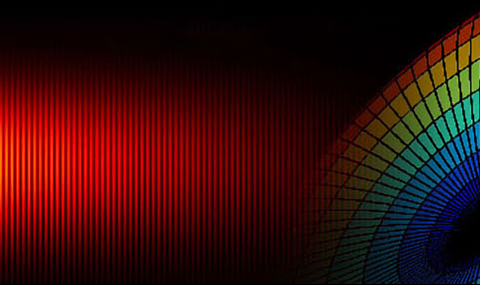In the last decades, a massive quantum particle bouncing off a surface under the influence of gravity (quantum bouncer) turned from being an issue of textbooks and pedagogical essays into a subject of precision experiments on atom-optics gravitational cavities and the physics of ultracold neutrons (UCNs). The observation of gravitational quantum states (GQSs) and whispering gallery states of neutrons fueled vast research in this area which, among other goals, aims to search for new fundamental short-range interactions and physics beyond the Standard Model, as well as verification of weak equivalence principle in the quantum regime.
While examining the pulsed excitation of quantum bouncers in the context of echoes, we came across new options for time-resolved spectroscopy of such objects. We are currently working with Valery V. Nesvizhevky from Institut Laue-Langevin (ILL, Grenoble), designing the first time-resolved experiments on ultra-cold neutron gravitational bouncers.

Schematic of a flow-through experimental setup. Bouncing (along Z axis) particles propagate in X direction. (a) First slit with a rough top surface is used for preparation. (b) Interaction region. (c) Second slit is used for detection.
- I. Tutunnikov, K. V. Rajitha, A. Yu. Voronin, V. V. Nesvizhevsky, and I. Sh. Averbukh, “Impulsively Excited Gravitational Quantum States: Echoes and Time-Resolved Spectroscopy”,
Phys. Rev. Lett. 126, 170403 (2021)


